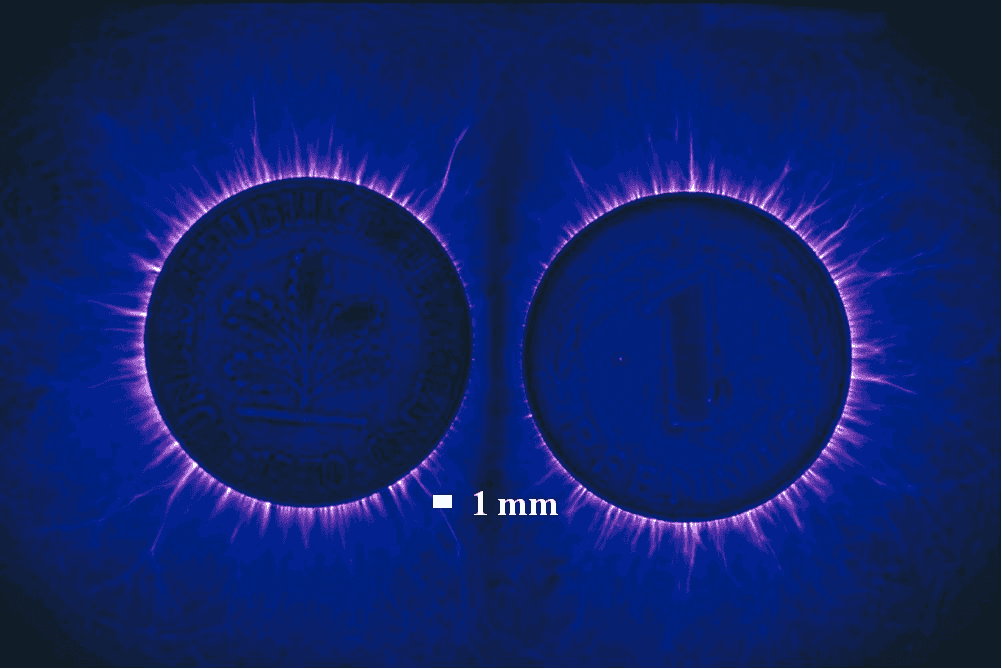The History and Science of Aura Photography
Aura photography has intrigued and captivated individuals for decades, offering a glimpse into the unseen energy fields surrounding living beings. This unique practice blends elements of science, metaphysics, and artistry, creating a visual representation of our energetic essence. Join us on a journey through the rich history and intriguing science behind aura photography.
The Historical Roots
The origins of aura photography can be traced back to the 19th century when scientists and mystics began exploring the concept of auras. Renowned figures like Baron Karl von Reichenbach conducted experiments to study the subtle energies emitted by living organisms. However, it was in the 20th century that the development of photographic techniques paved the way for capturing these elusive energy fields. In the 1930s, a Russian electrician named Semyon Kirlian and his wife Valentina accidentally discovered a photographic method that revealed the aura-like glow around objects. This technique, now known as Kirlian photography, involved placing an object on a photographic plate and applying a high-voltage, low-current electrical field. The resulting images showcased vivid and intricate patterns, sparking fascination and curiosity worldwide.
Scientific Explanation
The science behind aura photography revolves around bioelectromagnetic fields. Living beings emit weak electromagnetic fields produced by the body’s energy systems, and aura photography aims to capture and interpret these fields. Although the exact mechanisms are still debated, it is believed that the electrical discharges captured by the Kirlian technique result from the interaction between the subject’s energy and the surrounding gases or moisture. With technological advancements, aura photography has evolved. Gas Discharge Visualization (GDV) is one such advancement, developed by Dr. Konstantin Korotkov in the 1990s. GDV utilizes specialized optical sensors to measure electrical discharges emitted from the fingertips, generating real-time visual representations of the aura. This technique provides valuable insights into the energetic state of an individual, allowing for further exploration and interpretation.
Interpreting Aura Colors
Aura photography assigns different colors to the captured energy patterns, with each color associated with specific qualities or emotional states. For instance, vibrant blues may represent calmness and intuitive abilities, while radiant yellows signify intellectual and creative energy. Interpreting aura colors can provide individuals with self-awareness, insights into their emotional well-being, and a deeper understanding of their energetic makeup.
Aura photography bridges the realms of science and metaphysics, offering a tangible representation of our energetic essence. From the accidental discovery of Kirlian photography to the advancements of GDV, this practice has continued to intrigue and inspire individuals worldwide. By understanding the history and science behind aura photography, we can appreciate its potential to deepen our self-awareness, promote holistic well-being, and foster a greater understanding of the intricate connections between energy and consciousness.
